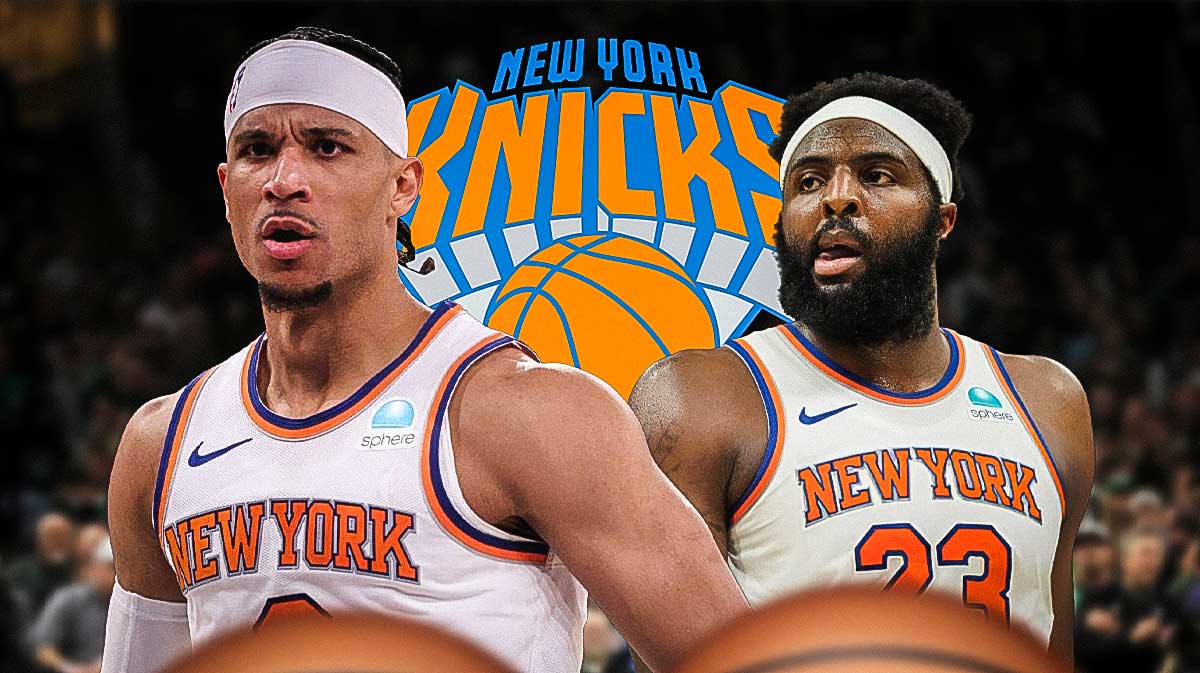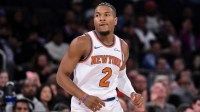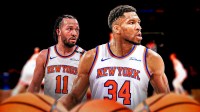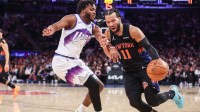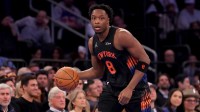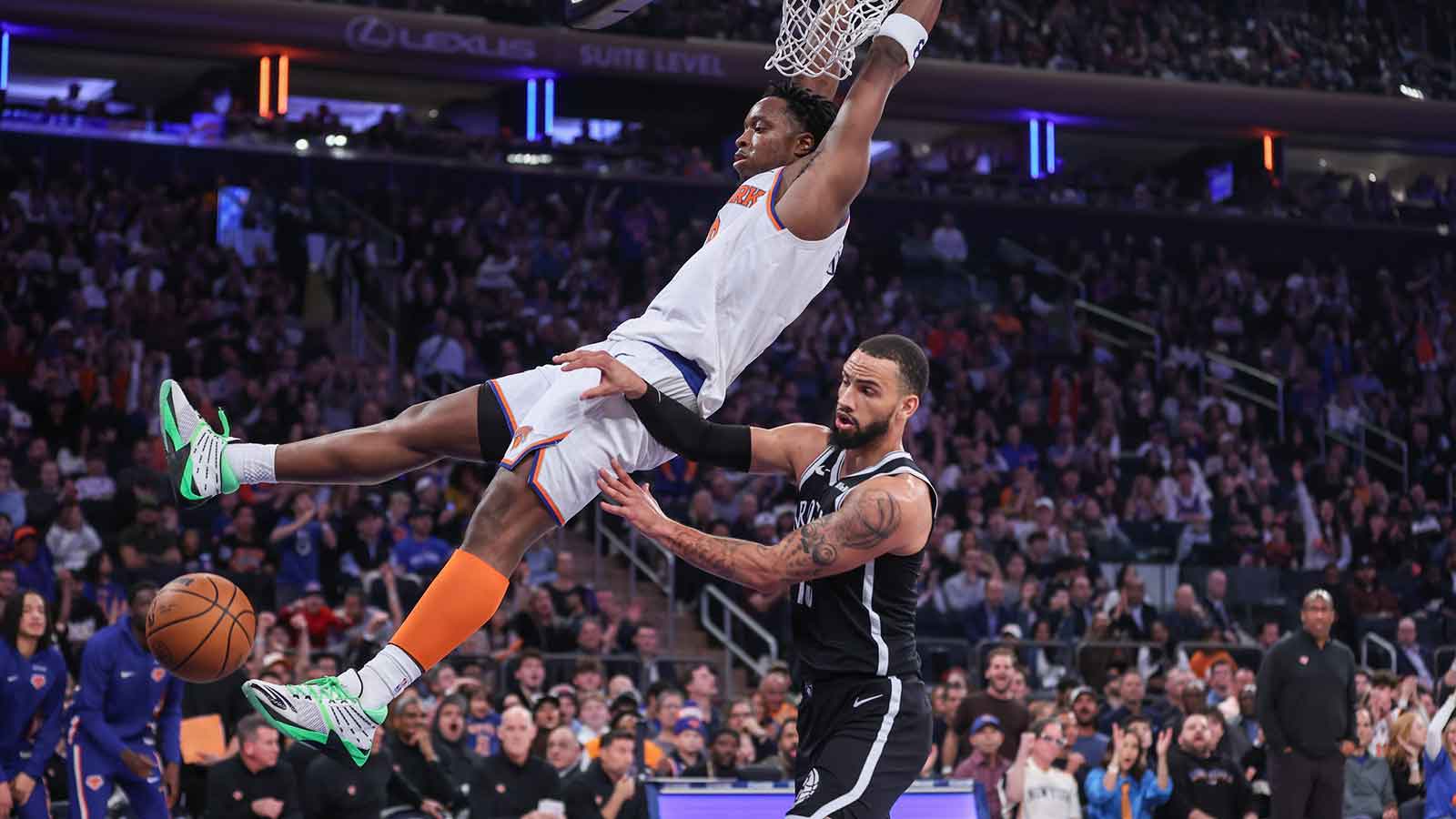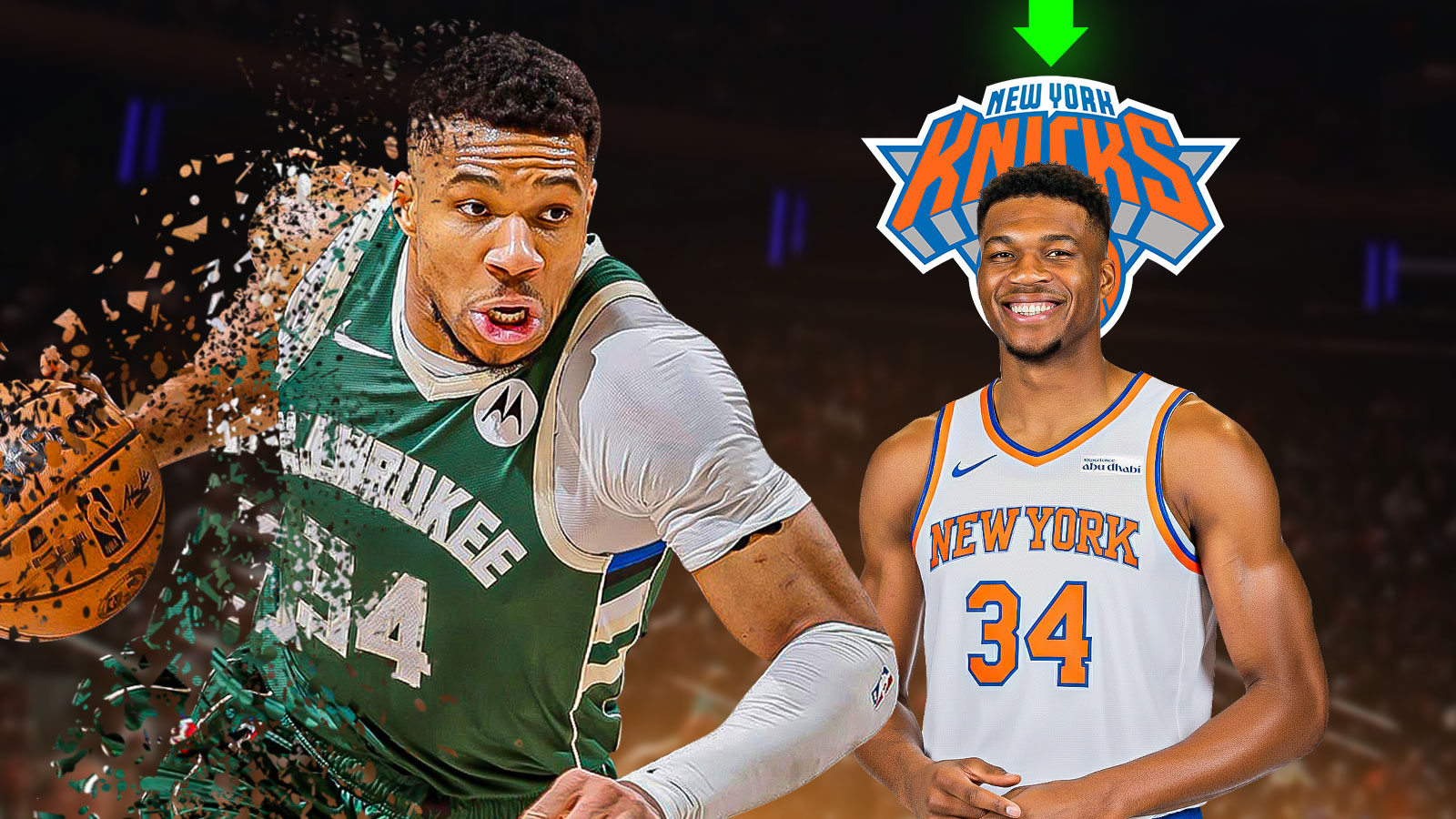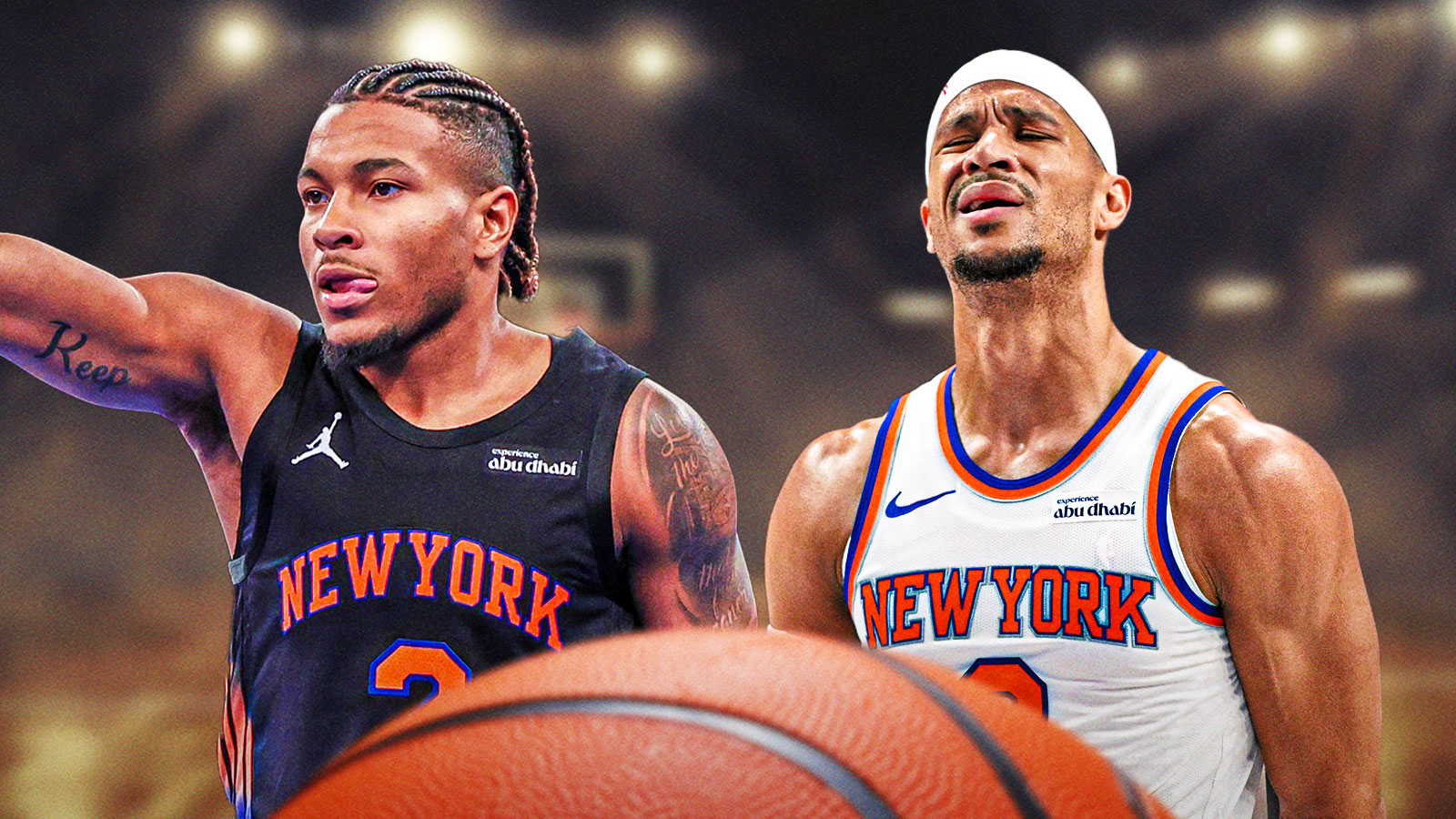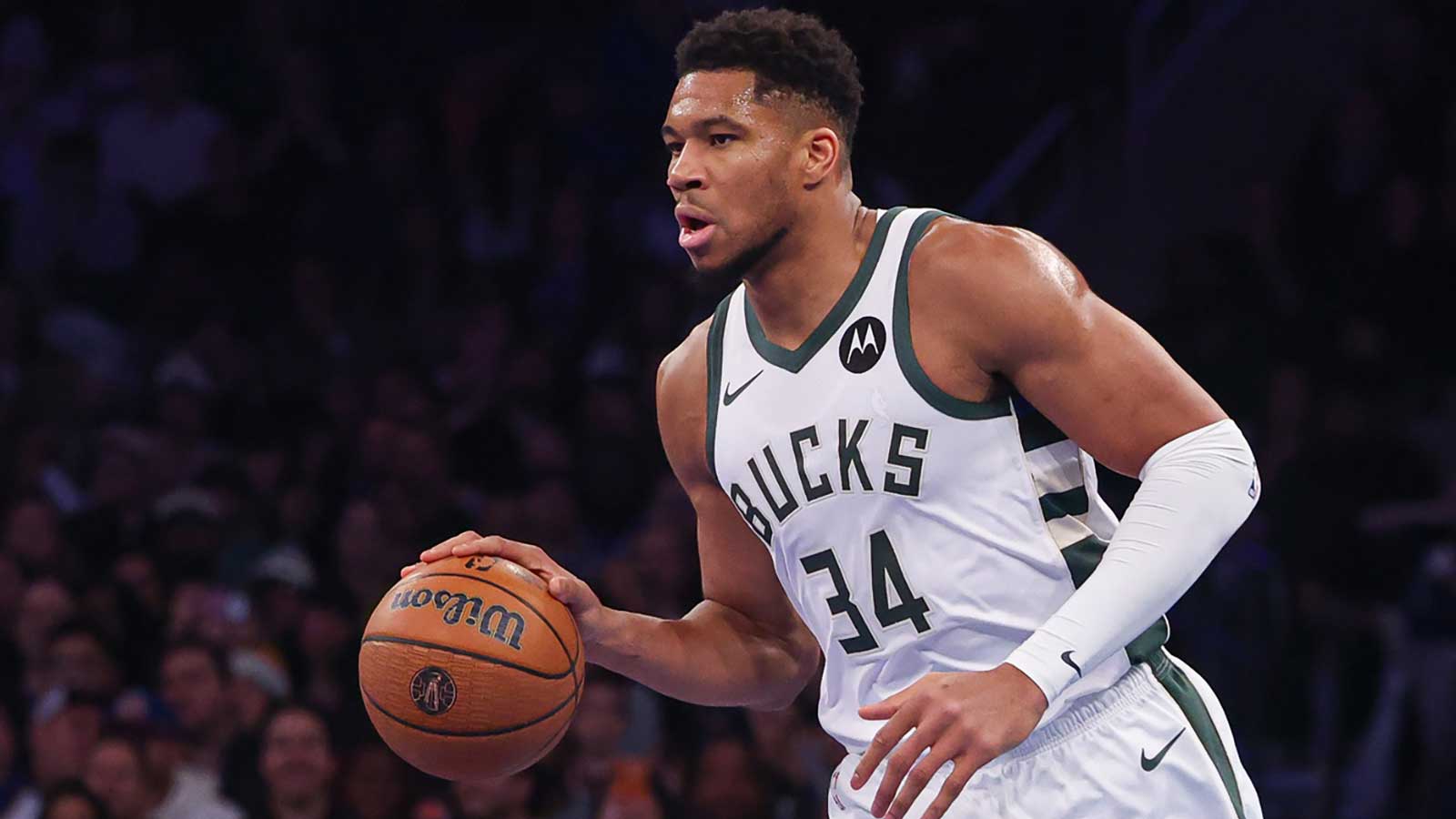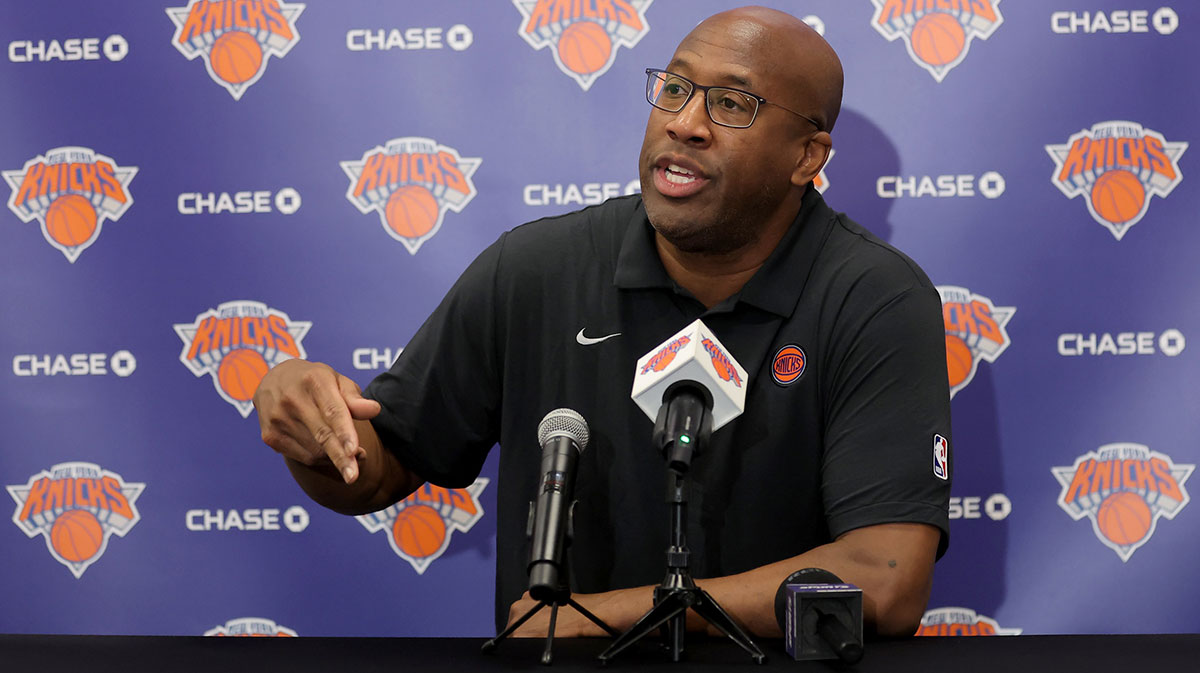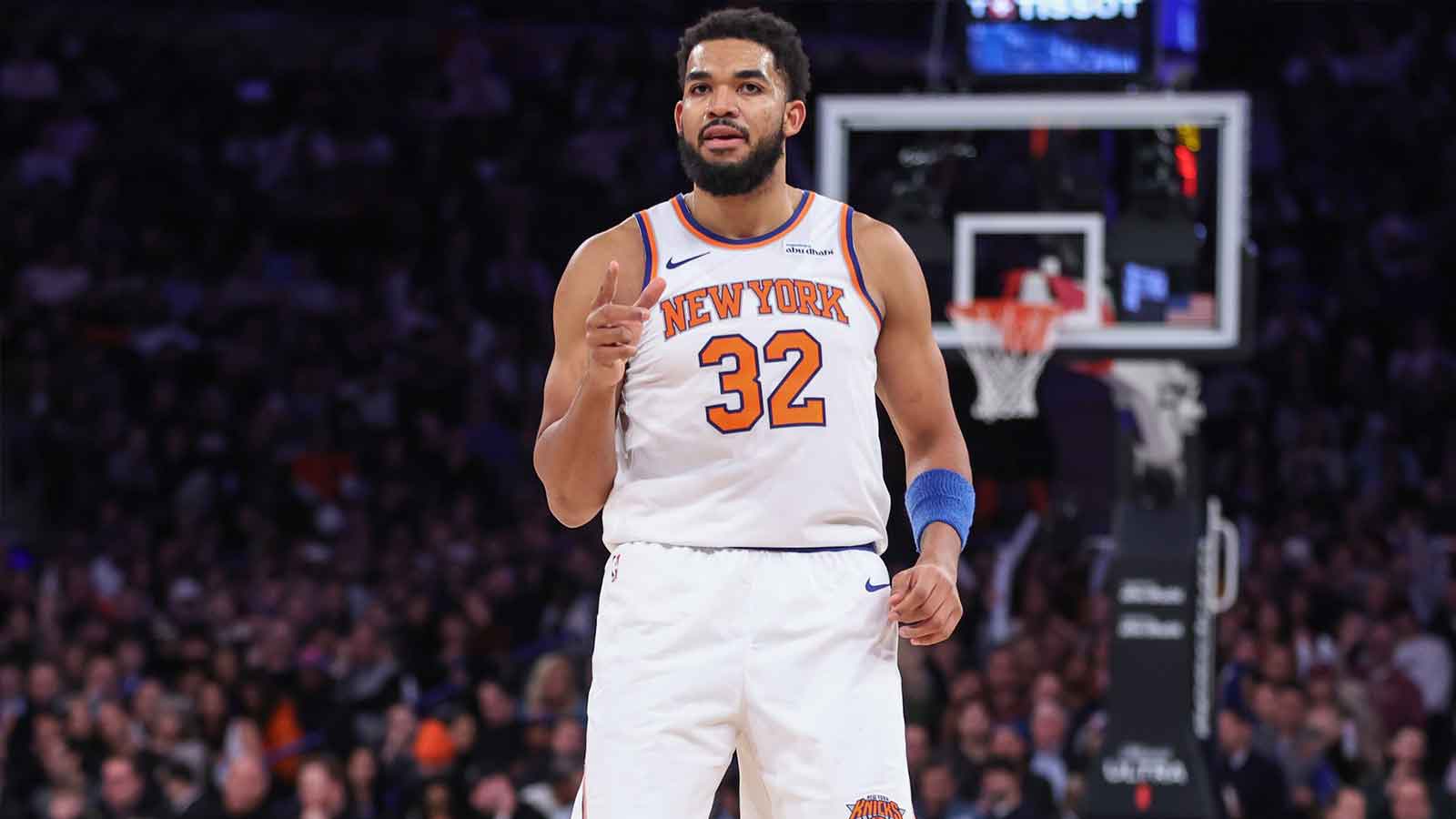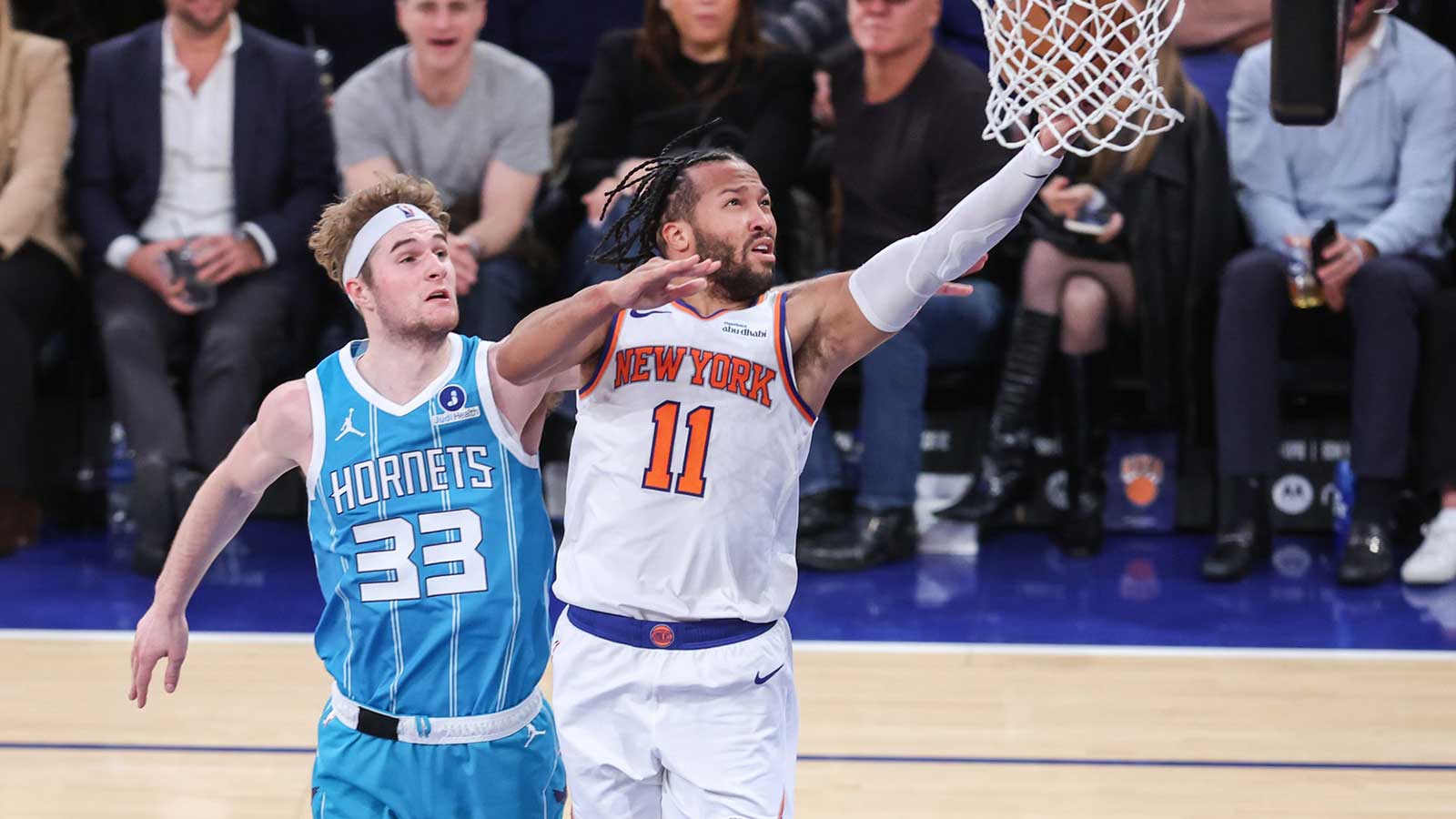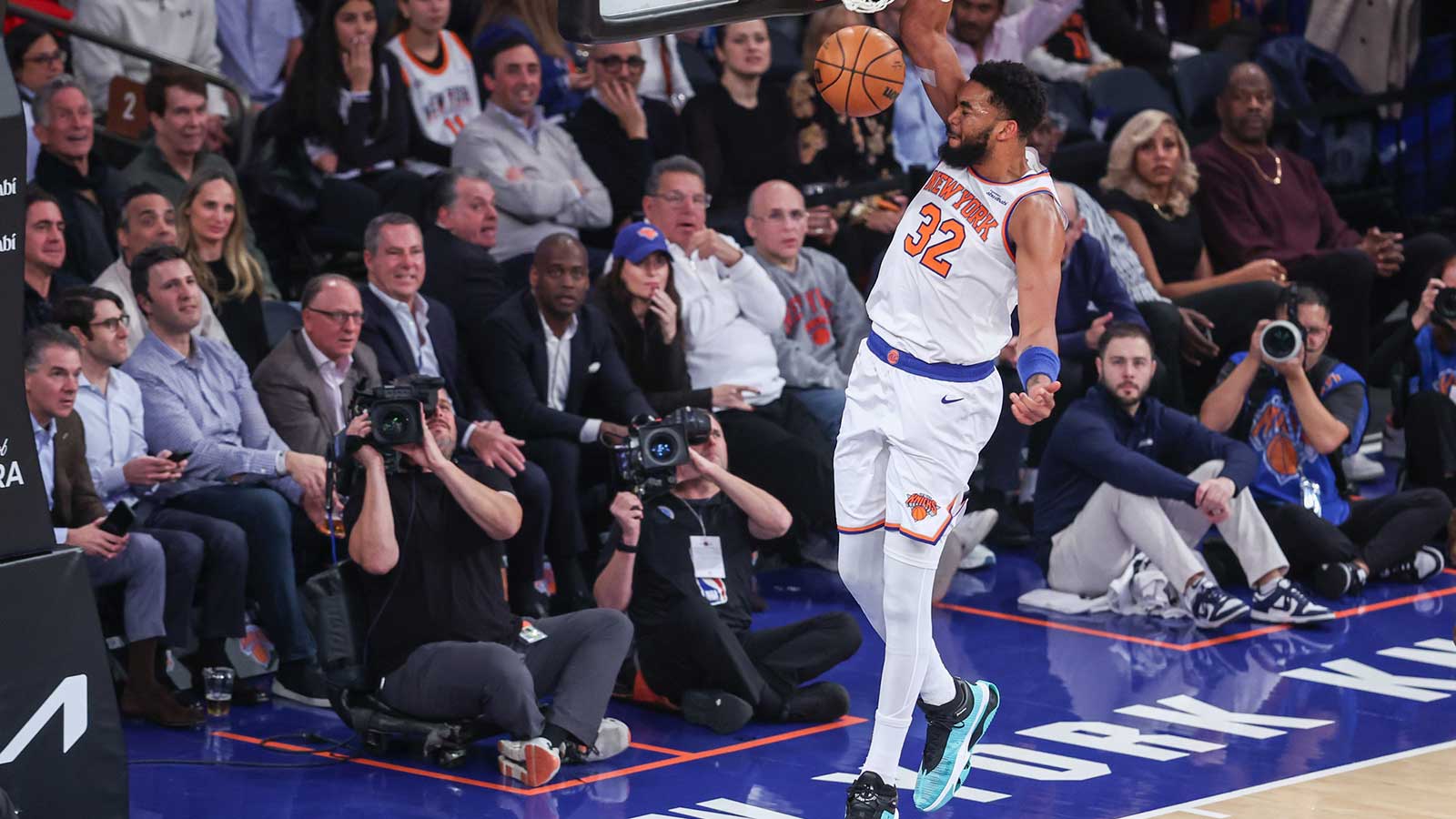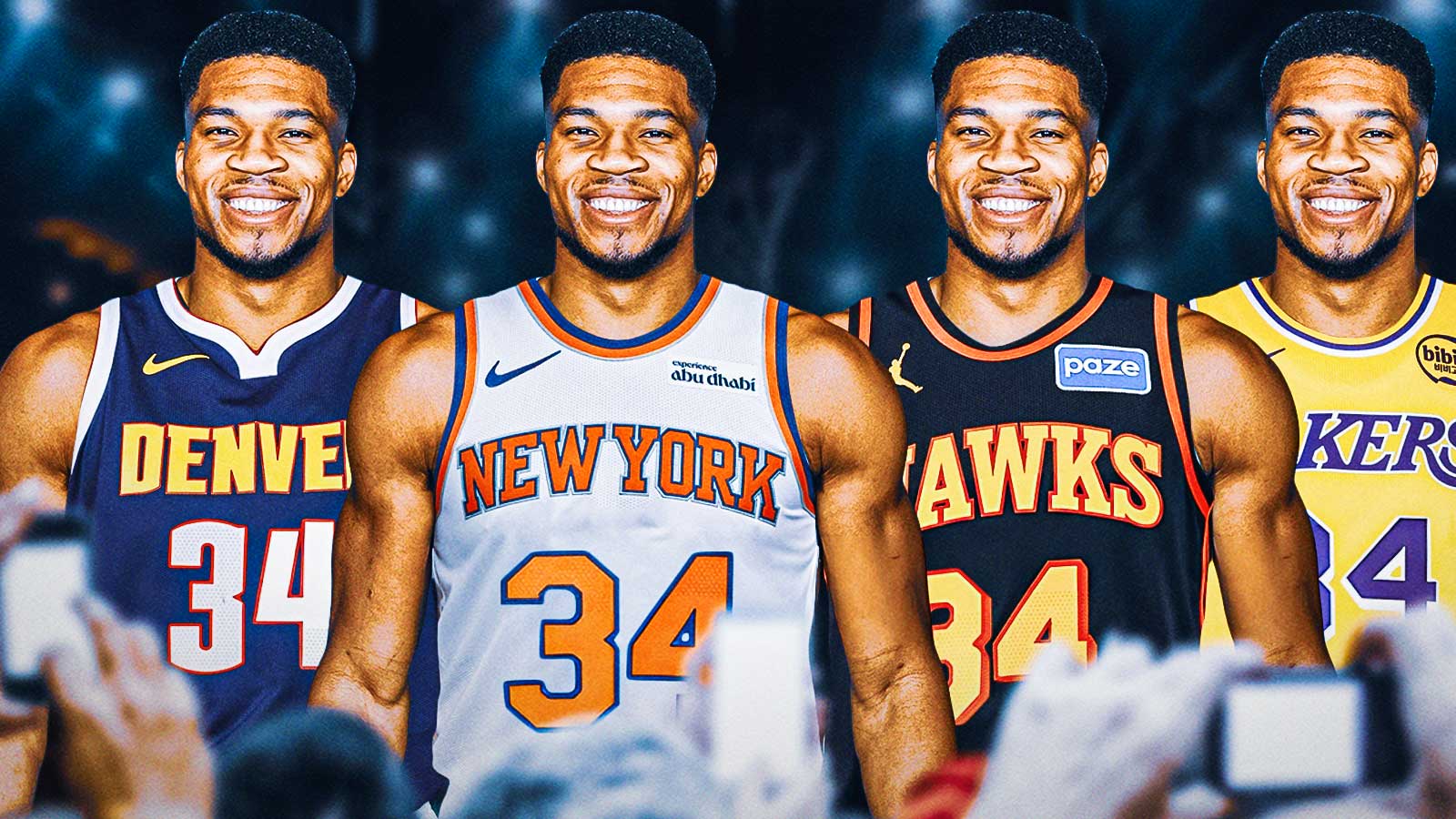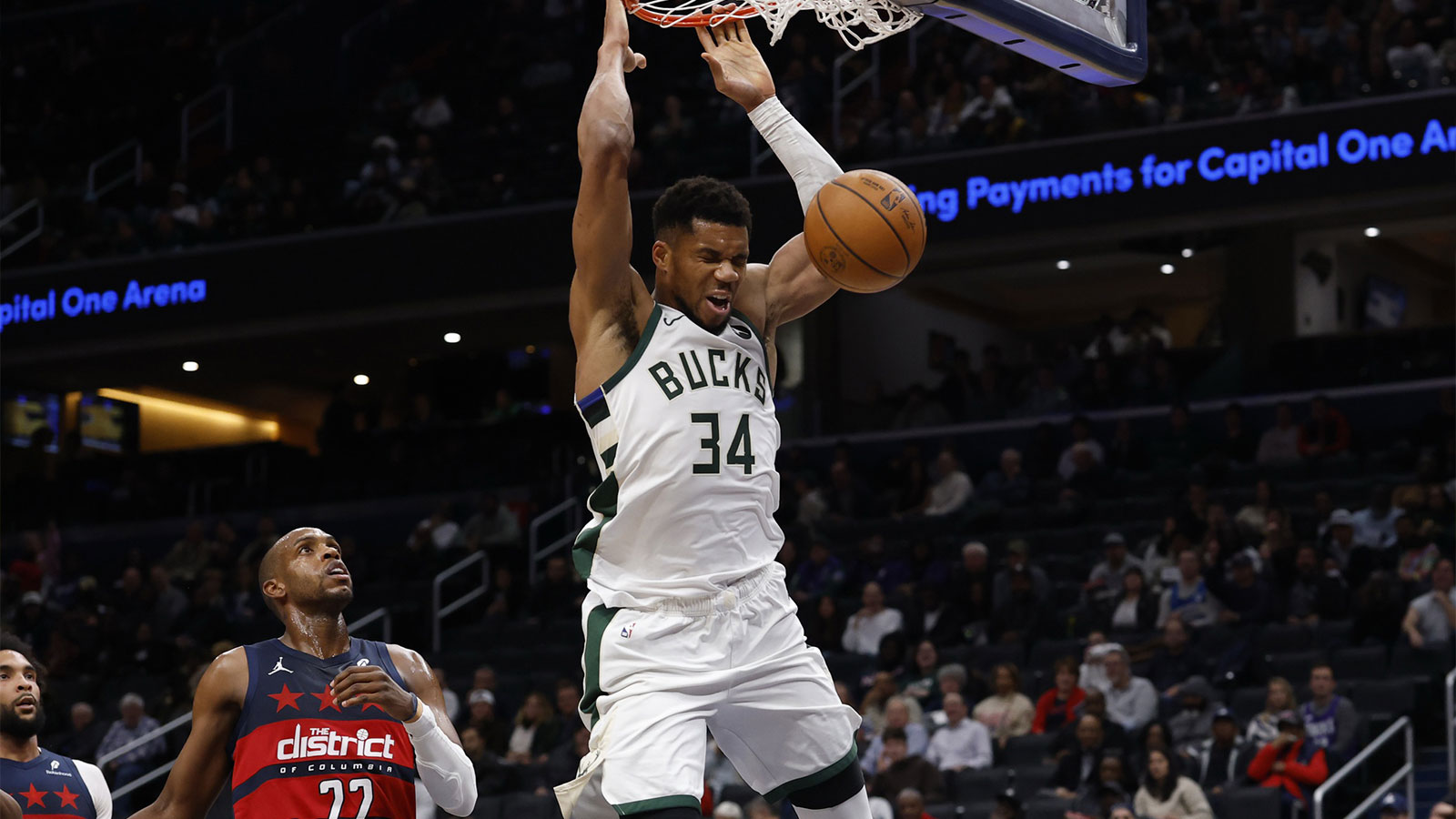The New York Knicks enter the 2025-26 NBA season in a peculiar position. They are close enough to contend for a championship, yet still a few moves away from being the team to beat in the Eastern Conference. This is not a franchise content with treading water. In a market where expectations are amplified and patience is short, every decision is scrutinized through a microscopic lens. The offseason brought both calculated risk and strategic restraint. Now, two players emerge as possible trade chips if New York wants to swing big.
Calculated Gambles and Strategic Shifts
Given the limited resources they had, the Knicks have made the most of their offseason. Landing Jordan Clarkson on a minimum deal is a no-brainer—every team can use an extra bench scorer. Adding Guerschon Yabusele was another savvy move. This is especially true since his ability to cover both center when Mitchell Robinson is sidelined and power forward when Robinson is available gives New York rare lineup flexibility. Convincing him to take slightly less than the taxpayer mid-level exception so they could also fit in another veteran’s minimum signing was shrewd cap management.

Letting go of Tom Thibodeau stirred debate. It was the right call, though. The Knicks underachieved during the regular season, then exceeded expectations in the playoffs. Of course, some of that was fueled by unpredictable hot shooting. With no significant draft assets to flip for major roster upgrades, the most realistic path to improvement was a coaching change. Thibodeau’s reluctance to adjust his rotations and style made it hard to envision him evolving in ways the team needed. If Mike Brown can keep the strong culture in place and be more flexible with lineups and minutes, that alone could push this roster to the Finals. It’s a gamble, but one worth taking. The potential upside matches the risk.
Here we will look at and discuss the players who are way-too-early New York Knicks trade candidates in 2025-26 season.
Josh Hart: The Glue Guy Who Might Have to Go
Josh Hart has been everything the Knicks could ask for in a role player. He is fearless on the boards and willing to do the little things that don’t show up in the box score. His versatility has allowed him to plug multiple holes in the rotation. That's whether guarding bigger wings or handling secondary ball-handling duties. Under Thibodeau, he thrived in a do-it-all role that perfectly complemented New York’s defensive identity.
However, here’s the harsh truth: Hart’s all-around game might also be what makes him expendable. His skill set is broad but not elite in one particular area. That means the Knicks could, in theory, replicate his contributions by committee if it meant upgrading elsewhere. His inconsistent three-point shooting has also hurt spacing in critical moments. For a team that needs more offensive firepower to push past the league’s elite, this limitation matters.
Financially, Hart’s contract makes him movable in a mid-tier trade package. His reputation as a consummate teammate only boosts his value to other franchises. If New York needs to sweeten the pot for a bigger deal, Hart could be the piece that tips negotiations. His chemistry with Jalen Brunson and Mikal Bridges may keep him in orange and blue. That said, if a high-impact player becomes available, sentimentality will take a back seat to championship aspirations.
In other words, if the Knicks make a blockbuster move this season, don’t be surprised if Hart’s name is on the outgoing list.
Mitchell Robinson: Valuable, but Vulnerable
Mitchell Robinson’s presence in the paint has been a key element of the Knicks’ defensive backbone. His shot-blocking and lob-finishing ability make him an ideal modern rim-running center. On the flip side, the issue is that he’s rarely been healthy for long stretches.
Robinson has missed 65 and 51 games over the past two seasons. Big men with a history of lower-body injuries rarely become more durable as they age. This is the final year of his contract, too. Sure, the Knicks could extend him. However, that decision becomes riskier with every injury flare-up. His $13 million salary is also the kind of mid-sized number that fits seamlessly into trades for star-level talent.
It’s not that the Knicks don’t value Robinson because they do. That said, they might see an opportunity to replicate his impact in the aggregate by acquiring someone like Walker Kessler, who’s younger and on a cheaper deal. They could even use a platoon of veterans like Kevin Love to provide reliable minutes without the same injury concerns.
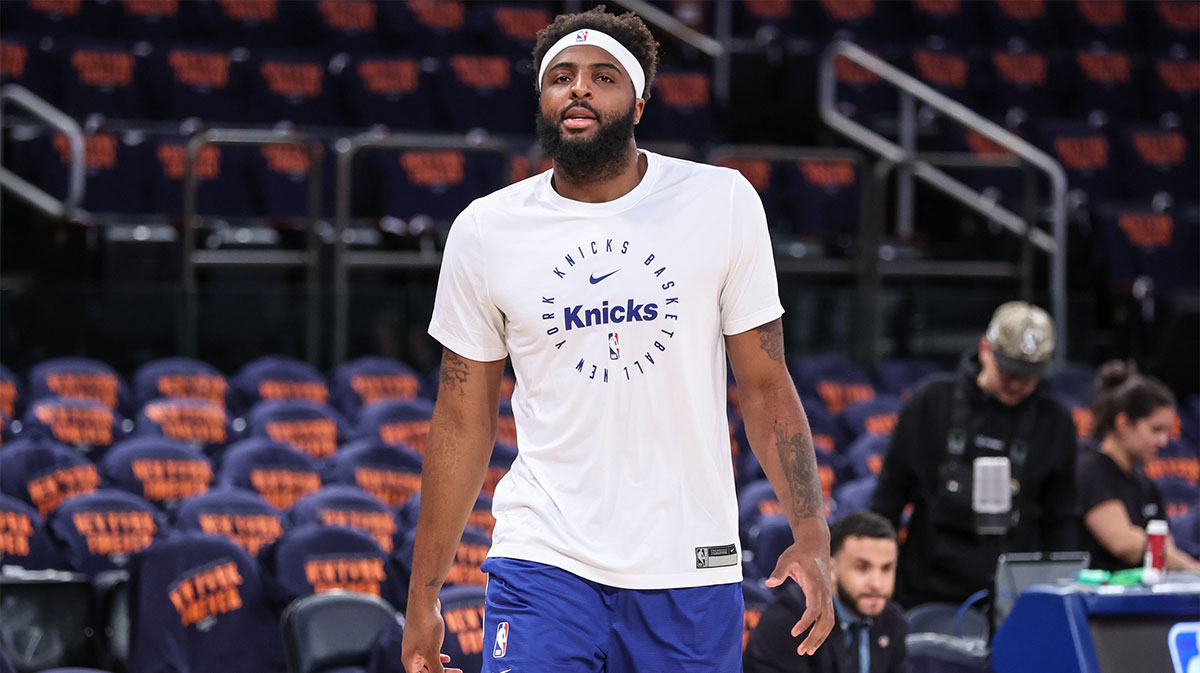
Trading Robinson wouldn’t be easy, especially given his defensive synergy with New York’s core perimeter defenders. Still, if a deal arises that improves the Knicks’ offensive ceiling while maintaining respectable rim protection, the front office might have to bite the bullet. Sometimes, the best way to build a championship roster is to part with a piece you love for the player you need.
The Bigger Picture
The Knicks’ path to contention in 2025-26 won’t be defined by a single move. It’ll be a series of calculated decisions, some bolder than others. Trading Hart or Robinson would be painful in the short term but could pay dividends if it brings back a true difference-maker.
New York has already taken a leap by changing coaches, betting that Mike Brown can unlock untapped potential in a roster that’s been good, but not great. Now, the next leap might involve sacrificing depth and familiarity for top-end talent. In the unforgiving environment of the NBA, the teams that win big are often the ones willing to make the uncomfortable choices.

